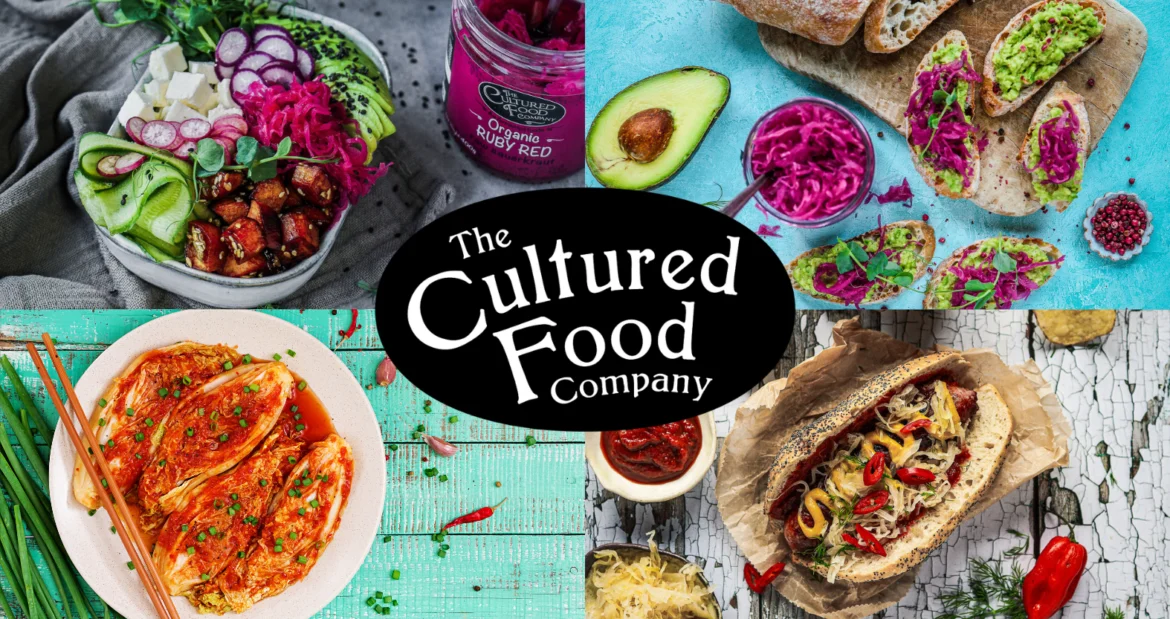Table of Contents
In an age where the world is seeking healthier, more sustainable, and ethical choices, cultured food—also known as lab-grown or cultured meat and dairy—is emerging as a revolutionary solution. Once the stuff of science fiction, cultured food is now making its way from the lab bench to restaurant menus and supermarket shelves.
But what exactly is it, and why is it such a big deal? Let’s take a closer look.
What Is Cultured Food?
Cultured food is created by growing animal cells (for meat) or using fermentation technology (for dairy and other animal-based products) without needing to raise or slaughter animals. In simple terms, it’s real food—just made in a new, cleaner way.
For example:
- Cultured meat is grown from animal muscle cells in bioreactors.
- Cultured milk and cheese are made using yeast or microbes that produce the same proteins found in cow’s milk.
This method mimics the natural biological process, but in a controlled environment that uses fewer resources and causes less harm.
Why Cultured Food Matters
- Sustainability
Traditional animal agriculture consumes enormous land, water, and energy. Cultured food offers a lower environmental impact, reducing greenhouse gases, deforestation, and water usage. - Animal Welfare
No slaughter is required. Cultured meat allows consumers to enjoy animal products without contributing to animal suffering. - Food Security
As global populations grow, cultured food can help ensure a steady, reliable food supply that isn’t dependent on livestock farming. - Health and Safety
Grown in sterile environments, cultured food can reduce the risk of foodborne illnesses and contamination often found in factory farming.
The Taste and Experience
One of the biggest questions people ask is: Does it taste the same?
The answer is increasingly: yes. Early versions were expensive and inconsistent, but modern cultured burgers, chicken, and dairy are impressively close to (and sometimes indistinguishable from) their traditional counterparts. Texture, flavor, and cooking experience are rapidly improving with advancements in technology.
Some Michelin-starred chefs have even begun experimenting with cultured foie gras and sushi, proving that lab-grown food can be both ethical and gourmet.
Challenges Ahead
Cultured food is promising, but it’s not without hurdles:
- Cost: While prices are dropping, cultured food is still more expensive than conventional products.
- Regulations: Many countries are still developing laws to regulate production and labeling.
- Public Perception: Some consumers remain skeptical or uncomfortable with the idea of “lab-grown” food.
Education, transparency, and culinary creativity will play key roles in helping more people feel confident and excited about these innovations.
A Taste of Tomorrow
From cultured chicken nuggets to dairy-free cheese that melts like the real thing, the future of cultured food is not just science—it’s becoming everyday reality.
And it’s more than a trend—it’s a transformation. A movement toward food that’s kinder to animals, gentler on the planet, and healthier for us all.
Final Bite
Cultured food is changing the way we think about what we eat. It’s not about replacing tradition—it’s about improving it. With every cell-grown steak or micro-fermented scoop of ice cream, we’re taking a step toward a future where food is smart, safe, and sustainable.
The future of food is cultured—and it’s just getting started.



